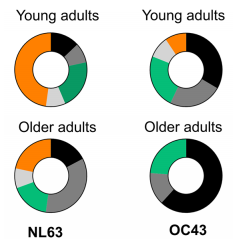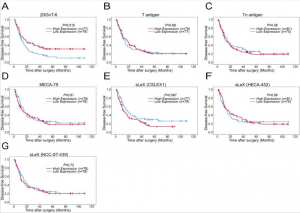Fc-fusion ivermectin-containing nanoparticle drug that can be administered orally for the new coronavirus (COVID-19)
Ivermectin, an antiparasitic drug, has been known to have antiviral effects, too. The mechanism of action is thought to be because inhibiting nuclear transport proteins such as an importin prevents the transport of viral proteins into the nucleus.
Ivermectin itself is toxic, and EC50 is 1 to 10 mM. When ivermectin is administered to the human body with 150 µg/kg of dose, the concentration in plasma is only 9 to 75 ng/mL, and the concentration is too low to be effective.
Therefore, the following group has verified the effect of a therapeutic agent (Fc-fusion ivermectin-containing nanoparticles that can be administered orally: T-Fc-IVM-NPs) that enables intestinal absorption of T-Fc-IVM-NPs via interaction between FcRn receptors expressed on gut epithelial cells and Fc on ivermectin-containing nanoparticles.
https://pubs.acs.org/doi/10.1021/acsptsci.0c00179
At this stage, although it was an in vitro experiment using HEK293 infected with the new novel coronavirus (SARS-CoV-2), it is said that the expression of ACE2 and the expression of S-protein were suppressed by administering T-Fc-IVM-NPs. In addition, this method can be expected to be effective against other viruses.
It’s good, isn’t it?


